
The uniqueness of the Alhambra of Granada resides in its peculiar beauty, its history, and the magic that surrounds it. However, there are places you would never expect that can be compared with it. One of those corners lies in Anna, a tiny locality in southern Valencia. Crossing the strong exterior walls of the palace will take you back in time in a setting that holds the charm of the old Nasrid Kingdom.
The Arabic traces in Valencia are numerous. They can be appreciated in Anna as well. In fact, it is known that the Almohads had already settled here by the 12th century. Once these lands were conquered, James I of Aragón gifted the castle, an old Muslim alcázar, and the surrounding lands to the Order of Santiago.
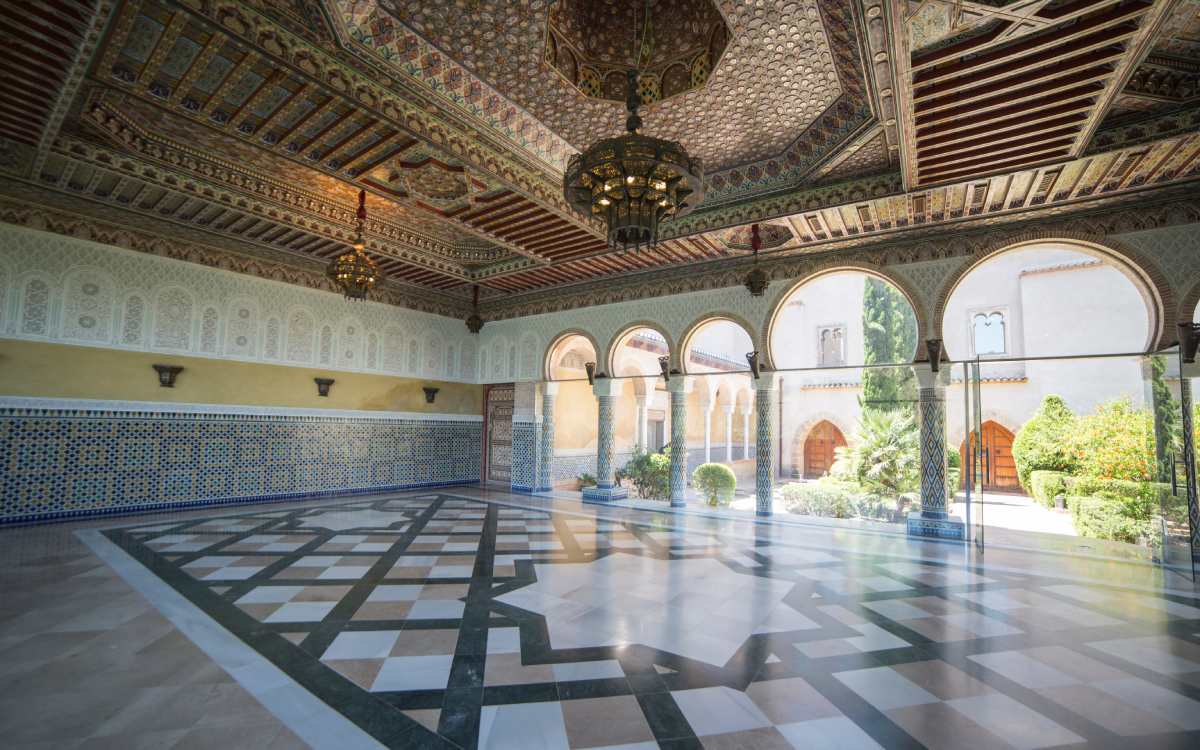
Valencia’s ‘tiny Alhambra’. | Shutterstock
These belongings changed hands over the following centuries, until the county of the town of Anna was created in 1604. The first counts, Fernando Pujades de Borja and Francisca Alapont Relleu, were the ones who renovated the old castle to turn it into a fabulous residential palace.
By the end of the 19th century, the counts of Cervellón sold the palace to the Trenors. It has belonged to the city council of Anna since the 20th century, when strict renovation works began to transform it into a museum and gave Palacio de los Condes de Cervellón its current appearance.
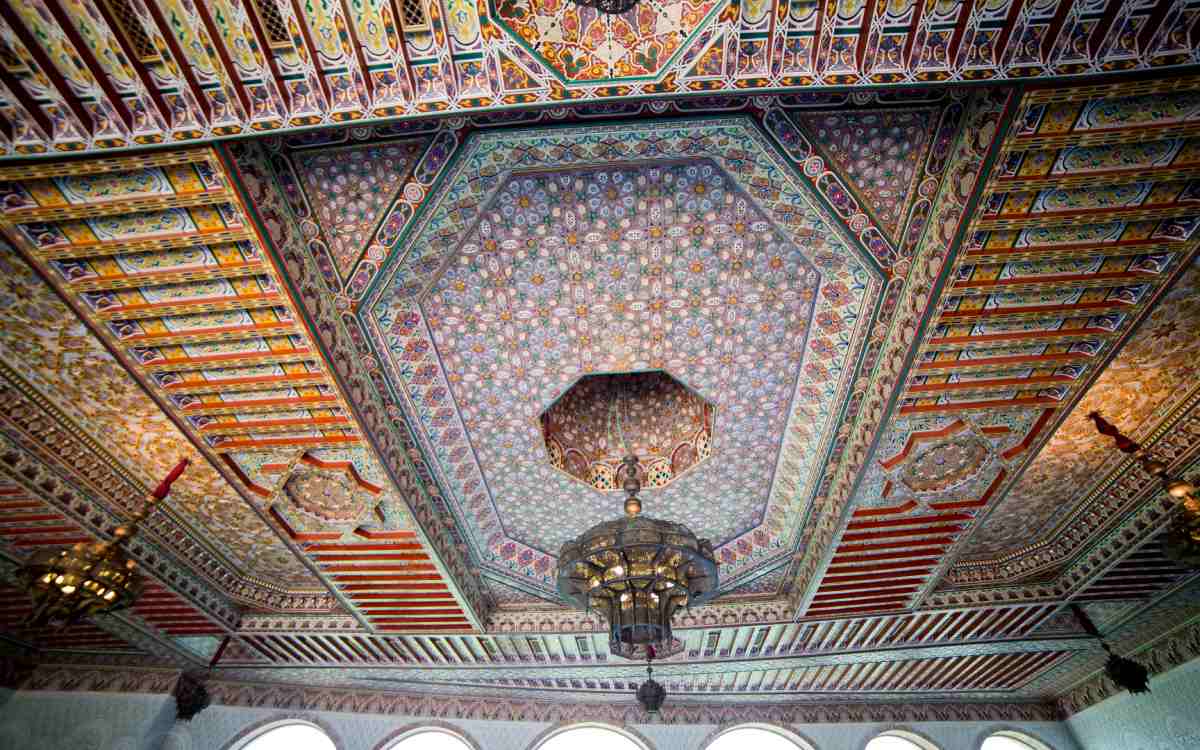
Details of Valencia’s ‘tiny Alhambra’. | Shutterstock
What once was the residence of the counts of Cervellón now holds the history and essence of Anna. Transformed into a cultural centre, it houses ethnology and water museums,besides these rooms of Arabic atmosphere and many others that remind of the past splendour of this palace.
Only a few of the foundations of the old Muslim alcázar are preserved, which can be found at the back of the palace. Inside the current building, some spots have been recreated perfectly and bring the visitor to some of the most iconic postcards of the Alhambra, honouring Anna’s Arabic past.
The backyard lies in the heart of the palace, a rectangular courtyard whose fountains and small pond will catch your eye for sure. Tiny bushes, aromatic plants, and a geometrical decoration create this little oasis that delights every sense.
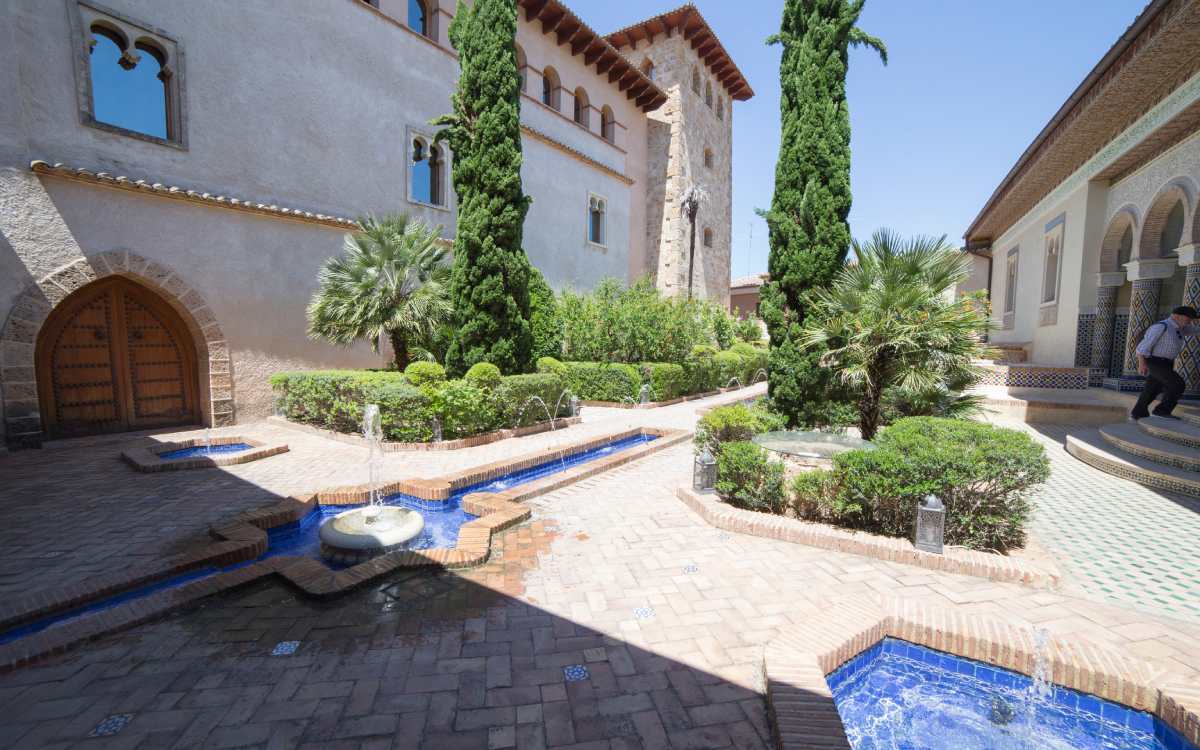
Backyard of the Palacio de los Condes de Cervellón. | Shutterstock
You will still need to enter the great Arabic Room if you want to dive into One Thousand and One Nights. Its exquisite and colourful decor is a good example of the best Nasrid art. One side of the backyard is framed by horseshoe arches, while the other offers a magnificent view of Anna through large windows. Another room is right by this one, much smaller but equally gorgeous.
Your eyes won’t catch a break on this tour: magnificent mosaics on every wall and column, colourful marble that covers the floors with geometrical patterns, and a hand-painted Spanish ceiling or artesonado coats the ceilings. Lamps of Arabic inspiration, small fountains, and stained glass windows are the final touches to this decoration that shows the exquisite work of expert artisan hands.
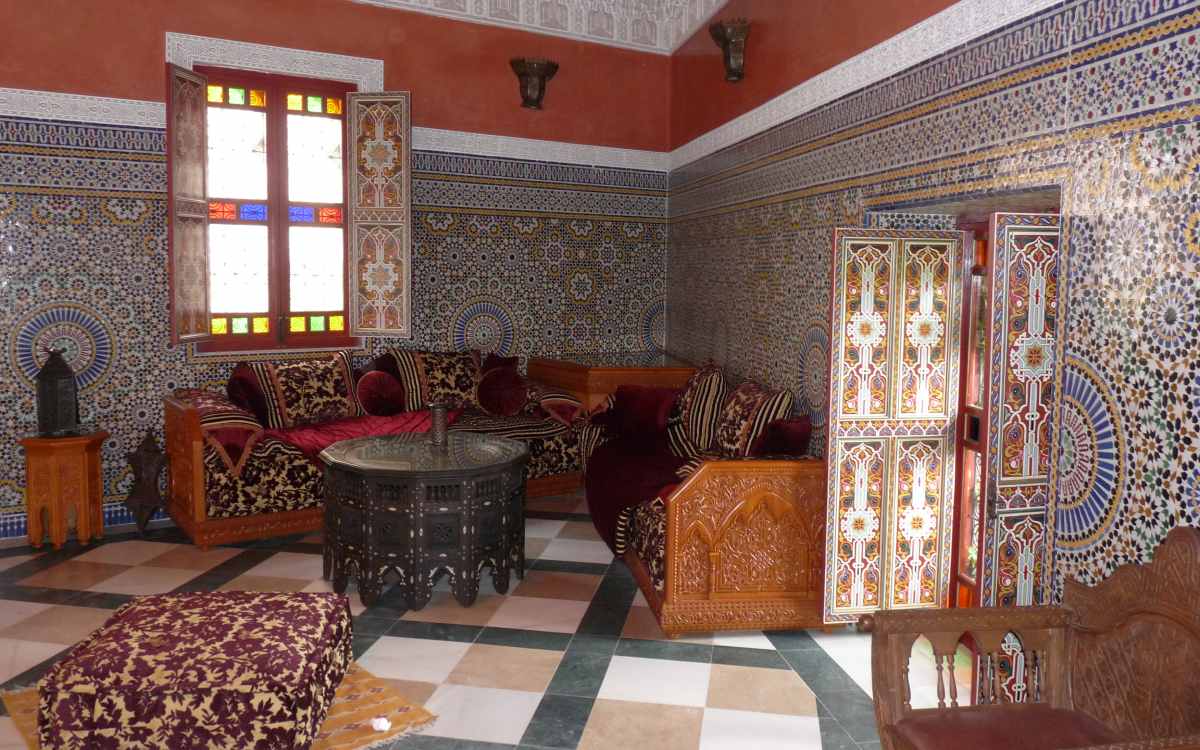
Arabic room inside the palace. | Wikimedia
Of course, the Arabic rooms are the most outstanding. But a visit to the palace allows you to walk through the complete history of Anna. Once you leave behind the Arabic rooms, you will meet rooms with an equally curated atmosphere. They show the Renaissance and Baroque eras of the palace and how their renowned owners’ lives were.
Museo del Agua, the water museum, is waiting for you now. You will find it in the old aljibe, or water cistern, and it centres around the great importance of water to Anna. The cellar is precisely the oldest room still preserved. You can get there through the stables. The Museo Etnográfico, which offers information on ethnography, is on top of the stables.
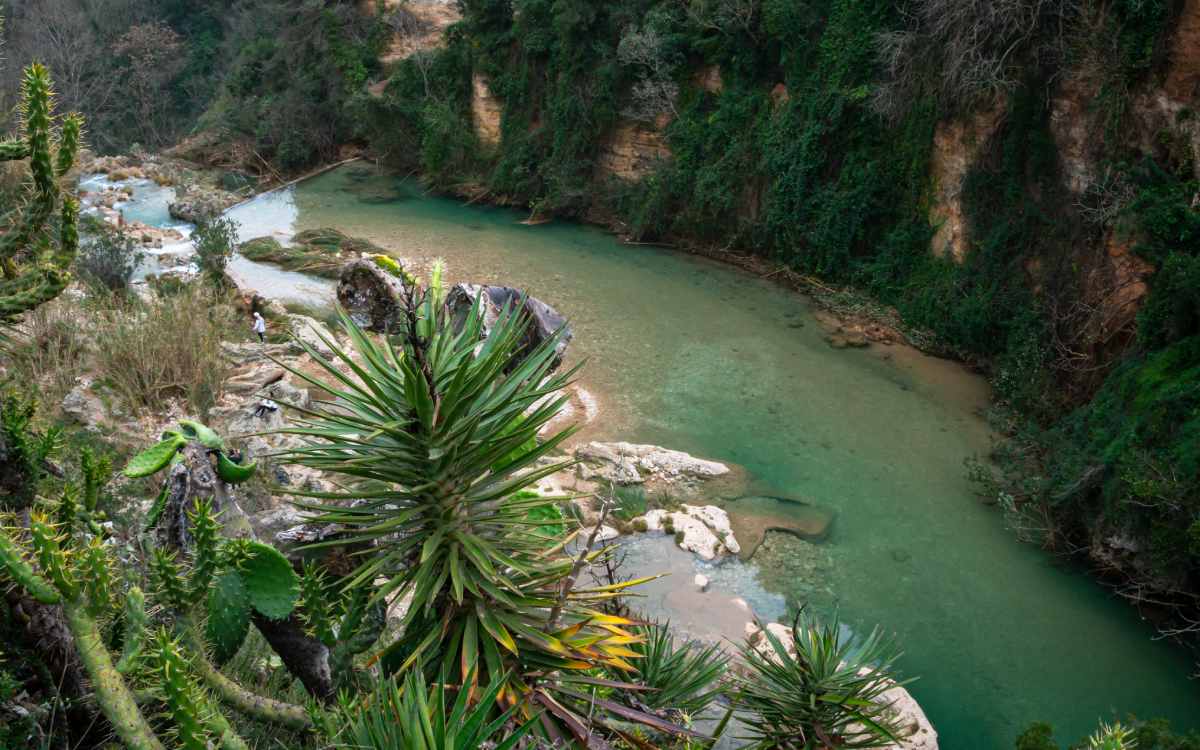
The Gorgo de la Escalera. | Shutterstock
The water in the Arabic backyard of the Palacio de los Condes de Cervellón and in the museum is important to the whole Anna as well. There is no need to leave the town centre to access it; you will find it in fountains such as Santa María or Surtidor, which is a small water roundabout covered by tiles.
This roundabout is the starting point of the Camino de las Fuentes (literally, Way of the Fountains). This idyllic route will take you to the Gorgo Catalán, a tiny lake that feeds on springs. The sound of the water will flow with you through your path. But there is so much more to explore. For instance, you should visit the Gorgo de la Escalera, which gets its name from its waterfalls. It is one of the most charming bathing areas in Valencia. There are more cascades to visit, and you can discover them on a short route that links this spot with Gorgo Gaspar and the Anna waterfall.
And last but not least, here is one of Anna’s main attractions: its albufera. The Almohads turned this place into a reservoir that has become the perfect spot to relax, surrounded by pine trees and banana trees. If the weather is nice, you should take your time to rest from the tour of Anna’s treasures with a boat trip or a delicious picnic.